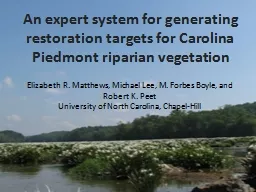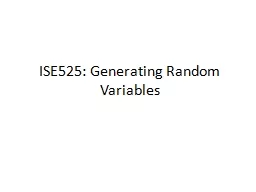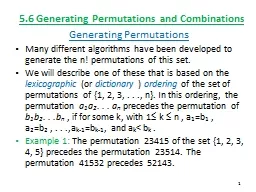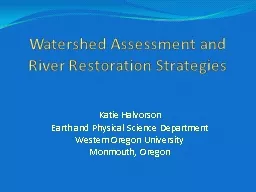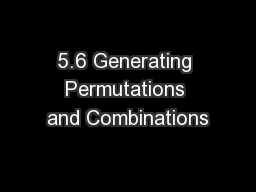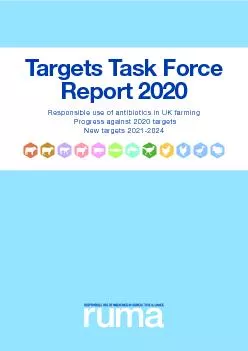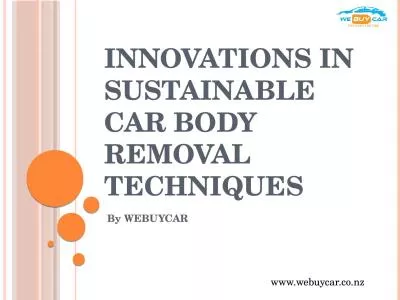PPT-An expert system for generating restoration targets for Car
Author : mitsue-stanley | Published Date : 2016-07-03
Elizabeth R Matthews Michael Lee M Forbes Boyle and Robert K Peet University of North Carolina ChapelHill CVSEEP restoration protocol Exploit a broad array
Presentation Embed Code
Download Presentation
Download Presentation The PPT/PDF document "An expert system for generating restorat..." is the property of its rightful owner. Permission is granted to download and print the materials on this website for personal, non-commercial use only, and to display it on your personal computer provided you do not modify the materials and that you retain all copyright notices contained in the materials. By downloading content from our website, you accept the terms of this agreement.
An expert system for generating restoration targets for Car: Transcript
Download Rules Of Document
"An expert system for generating restoration targets for Car"The content belongs to its owner. You may download and print it for personal use, without modification, and keep all copyright notices. By downloading, you agree to these terms.
Related Documents

